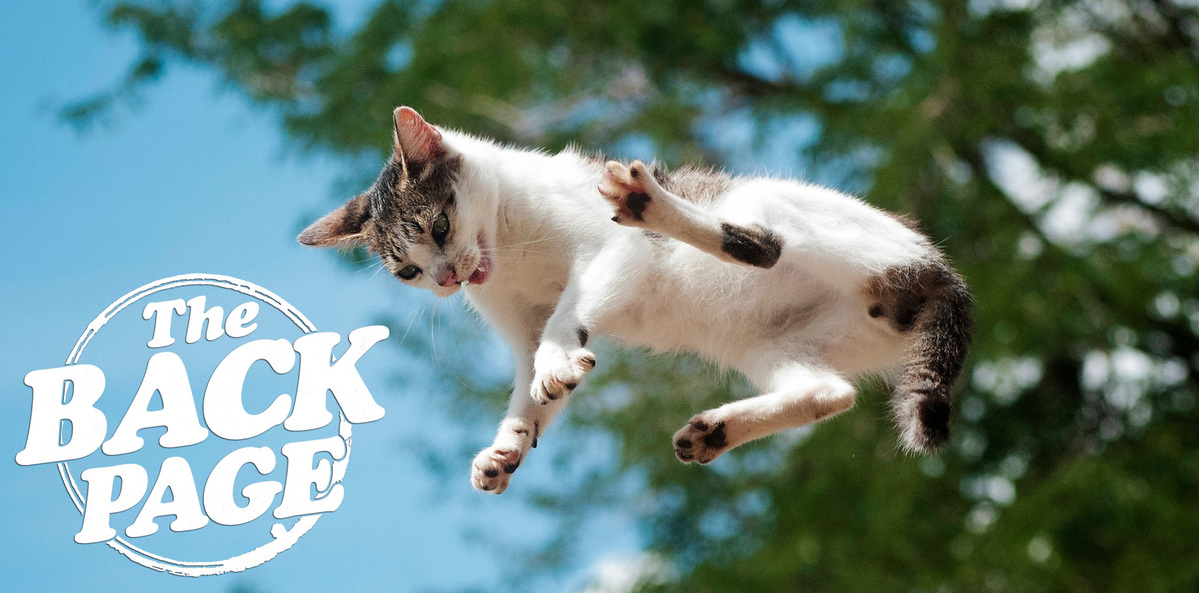Felines always fall on their feet – which could be good news for humans too.
The mouser that takes a tumble out of a third-floor window might have little to worry about, thanks to a network of sensors in several parts of its body.
But the way the network operates might open up ways to support humans who have suffered a severe spinal injury.
That’s thanks to research conducted by a team from the Georgia Institute of Technology along with researchers at the Université de Sherbrooke in Canada and Drexel University in Philadelphia.
Their findings were written up last month in the eNeuro journal, in a paper conveniently titled “Sensory Perturbations From Hindlimb Cutaneous Afferents Generate Coordinated Functional Responses in All Four Limbs During Locomotion in Intact Cats”.
“We were interested in the mechanisms that make it possible to reactivate injured networks in the spinal cord,” said the team’s Professor Boris Prilutsky of Georgia Tech’s biological sciences school. “We know from previous studies that somatosensory feedback from moving legs helps activate spinal networks that control locomotion, enabling stable movement.”
Genetically modified mice have recently become the unlucky lab animal of choice for research into the neural control of movement. But when mice move, they stay in a crouching position, which means they are less likely to experience balance problems, even if their somatosensory feedback fails.
Think about it: when was the last time you saw a mouse fall over?
However, humans and cats cannot balance or even move if they lose this important sensory information about the way their limbs are operating. This suggests the spinal neural networks that control the movement of larger species might be wired differently from those of the mouse.
So, when it comes to researching the problem, the feline gets the gig.
Team members based at the Université de Sherbrooke in Canada somehow managed to train a few cats to walk on a treadmill at a pace consistent with human gait and then used electrodes to stimulate the sensory nerve that transmits touch sensation from the top of the foot to the spinal cord.
“To maintain balance, the animal must coordinate movement of the other three limbs, otherwise it would fall,” Professor Prilutsky said. “We found that stimulation of this nerve during the swing phase [of motion] increases the duration of the stance phase of the other limbs and improves stability.”
According to the team, research suggests that with those motion-related sensory signals the cat can walk even if the connection between the spinal cord and the brain is partially fractured – with obvious and encouraging implications for humans with spinal injuries.
It could also lead to progress in spinal cord injury treatment because the research suggests activation of somatosensory neurons can improve spinal neural networks’ function below the site of spinal cord damage.
Good news for those of us who don’t have nine lives.
Send your stories and pictures of cat locomotion (intact cats only) to penny@medicalrepublic.com.au.


